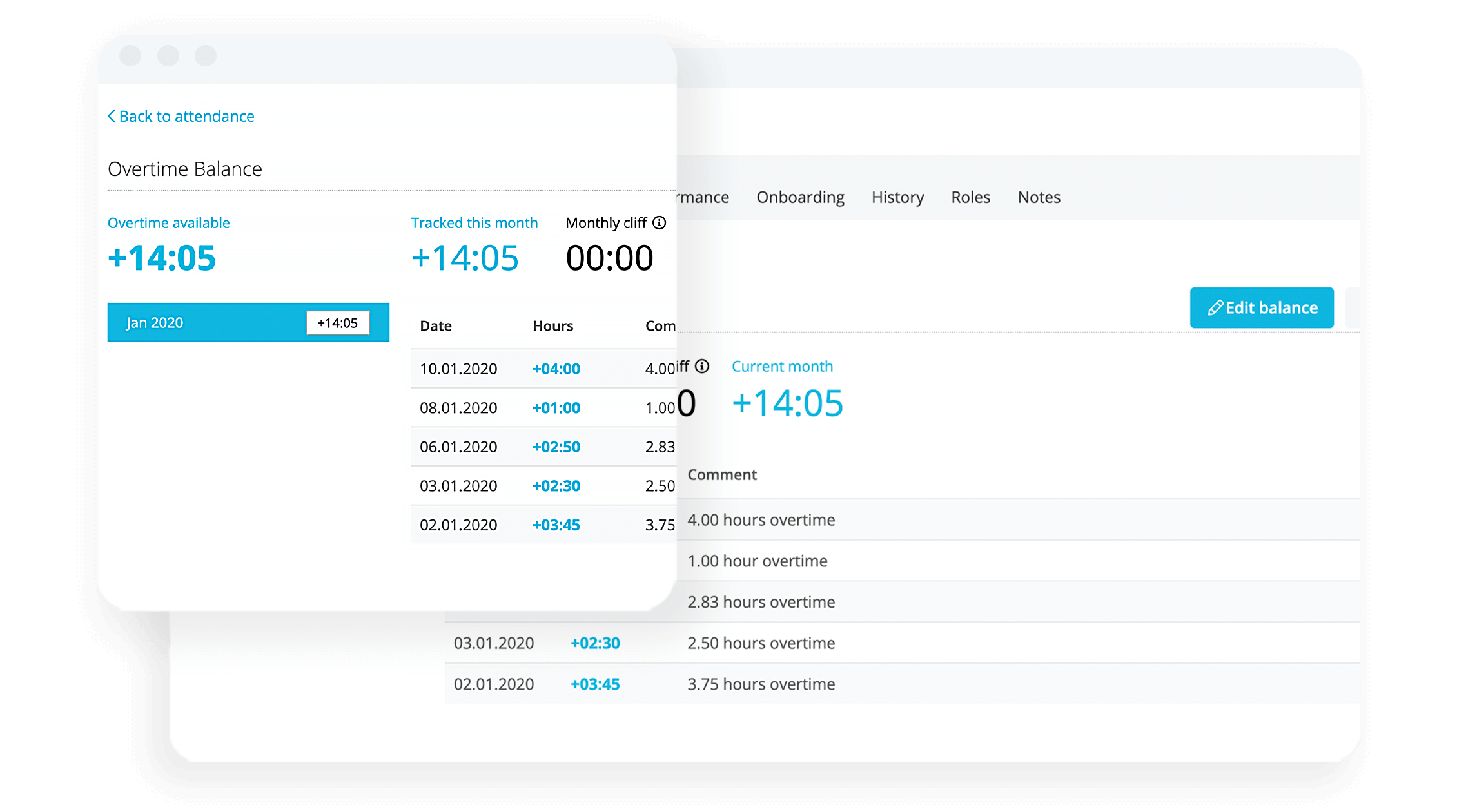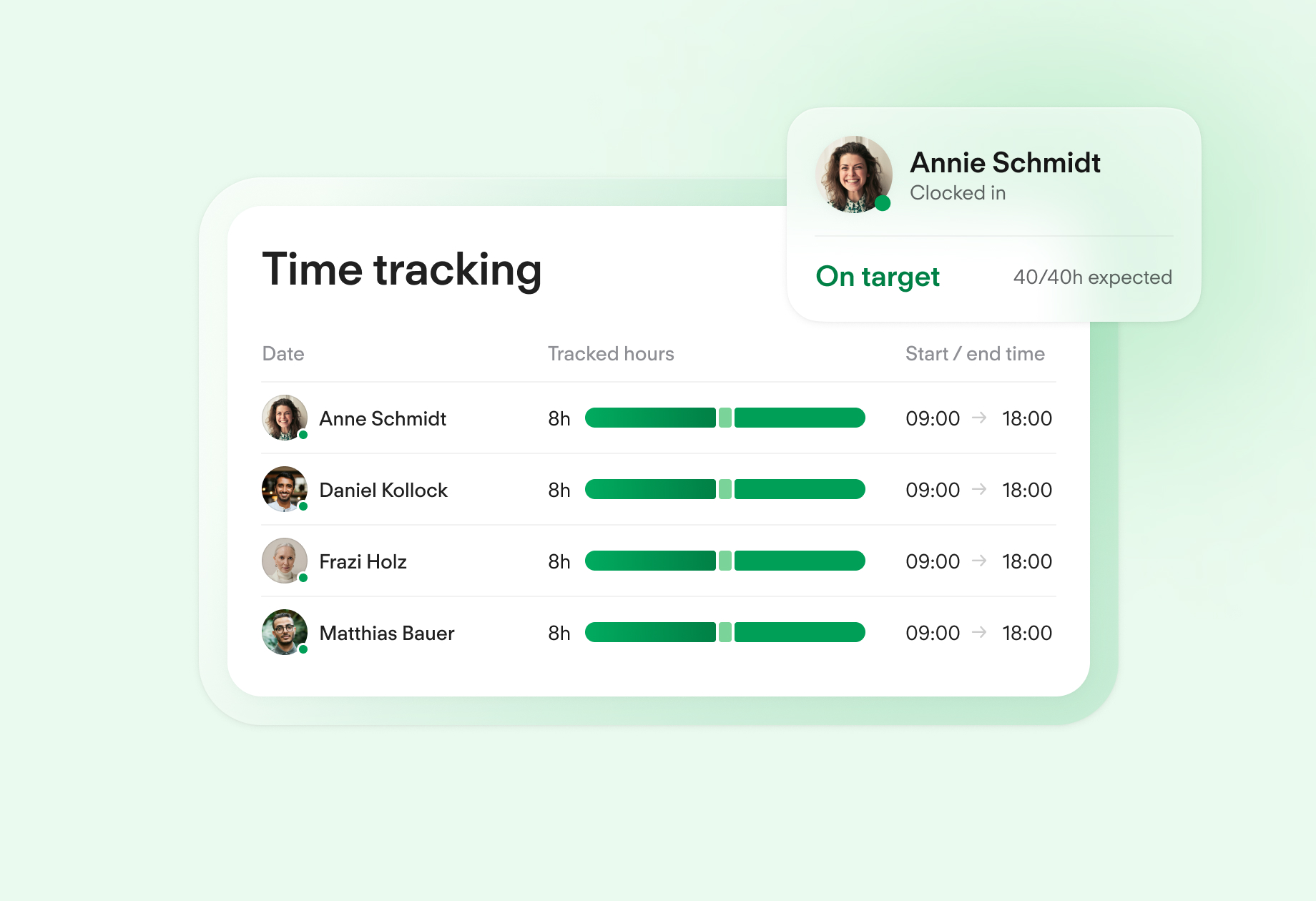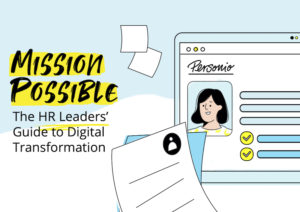5. August 2020
Ready to Be a Remote-First Company? Start Here

As companies begin to focus on recovering from the pandemic, uncertainty lingers, but one thing is clear: Remote working is here to stay. Most businesses will not be returning to the old order of crowded offices and face-to-face meetings – at least not any time soon. Companies that were ‘remote-friendly’ before or during the crisis may be about to shift to being ‘remote-first’. There is a big difference between those two cultures. Is ‘remote-first’ right for your business? What will it take to change?
Download our guide to making a digitised HR department your 'mission possible'.
What Does Remote-First Really Mean?
The only way to know if a remote-first structure is the way to go is to understand what it is and isn’t. A remote-first business seeks to eliminate the differences between employees who work in the office and those who work somewhere else. It does this by making remote working the default mode. Companies might still have physical offices, and some employees might work regularly in them. But the processes are structured around the assumption that employees do not work face-to-face.
By contrast, a remote-friendly business is one in which the default is a physical office environment, but where employees are given the option to work remotely under certain conditions. Creating a remote-first work culture has huge implications for day-to-day operations, and requires changes in thinking and working.
A Look at the Pros and Cons of Remote-First Working
First, there are many good reasons to favor a remote-first culture, but there are also some significant downsides. Your company’s journey to remote-first should start by considering the pros and cons:
Pros of a Remote-First Workplace |
|---|
Productivity gains More freedom for employees to work when they are most productive and/or less distracted. |
Access to talent By hiring employees located anywhere, the business can attract candidates from a much larger pool. |
Increased diversity Access to great employees who may only be available to work remotely, including disabled persons and part-time staff. |
Cost savings Smaller or no office space rents, lower utility bills, and reduced employee turnover are just a few of the ways remote working can slash costs. |
Improved employee happiness Don’t underestimate this: Employees who are trusted and given flexibility are more engaged, loyal, and willing to go above and beyond. |
Results-first mindset The focus often shifts from ‘tasks’ to ‘results’ with remote working. Who cares how and where someone works as long as they produce the goods? |
Higher-level client service A remote team that’s distributed internationally can better cater to clients and customers in real time. |
Better employee health Worker wellness improves with remote working as a result of less contact with sick co-workers, lower commuting stress and more personal time. |
No two-class system Employees who work remotely do not feel less important or left out of day-to-day action. |
Track your teams' time seamlessly

Enable your employees to enter their working hours in an efficient, legally compliant and secure system. See working hours at a glance across your company.
Get Smarter Time TrackingConsidering the Best Way Forward
You now know the pros and cons of a remote-first culture and you may already have a tendency towards where the journey takes you. Next, lead your executive team through a decision-making framework. Briefly, it looks like this:
Step 1: Imagine the future: Build scenarios for a remote-first culture and a remote-friendly culture. The sky is the limit at this point.
Step 2: Examine each scenario against reality: what are the benefits, the constraints and the resources needed to achieve it?
Step 3: Consider expectations. Based on what you know about your culture, how do you expect remote working will or will not help you achieve business objectives?
Step 4: Run experiments. There will be unknowns coming out of this brainstorming exercise. So, do some testing, perhaps with a team or a department, to fill the knowledge gaps.
Step 5: Refine. Like in any improvement process, there’s no real end. Each experiment brings learnings that you can implement. But there is always room for innovation.
Remote-First Working in Practice
It might be hard to picture what a remote-first culture looks like on the ground. Remote-first businesses follow a set of principles and the processes flow from there. Here are some common ones:
Virtual meetings – This is the standard for all employees.
Universal tools – All employees are provided the same digital tools (hardware, software, connectivity).
Inclusive scheduling – Meetings and other events are scheduled so that employees in all time zones can participate.
Asynchronous communication – Comments, reviews and discussions are done in a way that lets employees provide feedback during their work schedule, not necessarily in real-time.
Decision making – Important decisions are discussed and made online with all relevant stakeholders present. No spontaneous "around the water cooler” decisions that leave remote workers out.
Equal perks – While the benefits may vary, remote employees are given the same level of benefits as office-based employees (example: a food allowance to replace in-office coffee and snacks).
Information access – Processes whereby all information and documentation are available to the entire team, regardless of location.
Remote hiring – Most if not all of the hiring process is conducted virtually so that all candidates benefit from a level playing field.
Tips to Make Remote-First Work
You can see from this list that HR plays a leading role in establishing a remote-first culture and making it successful. It isn’t easy, but there are some established best practices to start with:
Encourage office-based employees, especially people managers, to work from home intermittently. This will help sensitize them to the challenges and advantages of remote working.
Encourage virtual social activities, like happy hours, quizzes, and one-on-one coffee chats to enable employees to get to know each other on a personal level.
Organise in-person events. Of course, it may take some time before these are safe to do, but even fully remote companies devote resources to bringing teams physically together. Face-to-face contact builds trust, cohesion and culture.
Check the pulse. Regularly check in with employees via surveys or feedback forms about common pain points of remote working. Are they getting enough face time with managers? Do they feel isolated? How are they balancing work and personal commitments?
Provide self-service HR tools. Employees and managers should have the tools to do time tracking, log holiday requests and sick days, and update personal information from wherever they work.
Get creative with benefits. Remote employees have different needs and wants, so their perks should reflect those.
Be agile. In a remote-first culture, as in any work culture, experimentation is key. Try pilot projects, adapt based on the learnings, and repeat.
Remote-first working represents a big shift in mindset and processes. It takes high-level planning and resources, too. Yet, what we see coming out of the Covid-19 crisis is that many employees will expect remote working to be normal going forward. If your business wants to stay competitive into the future, now may be the time to begin moving toward a remote-first culture.

